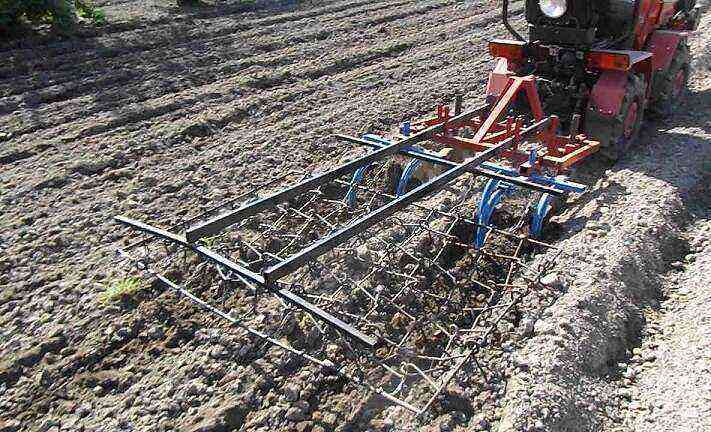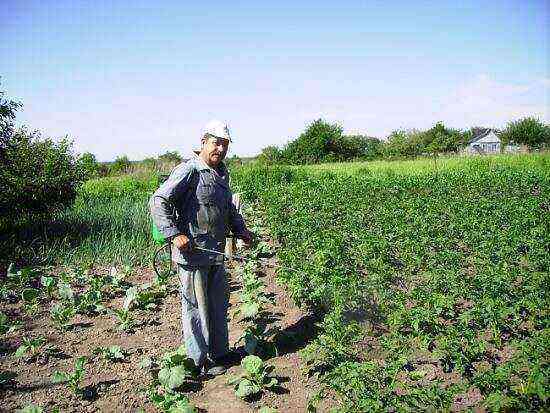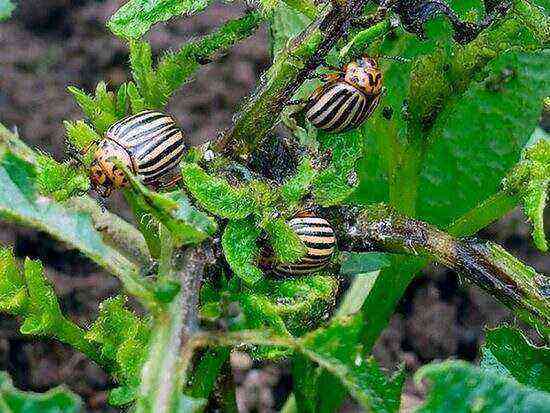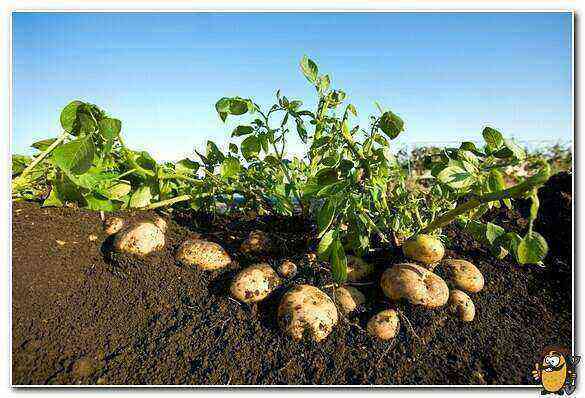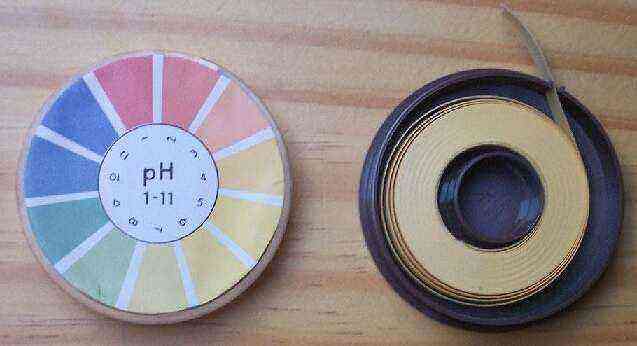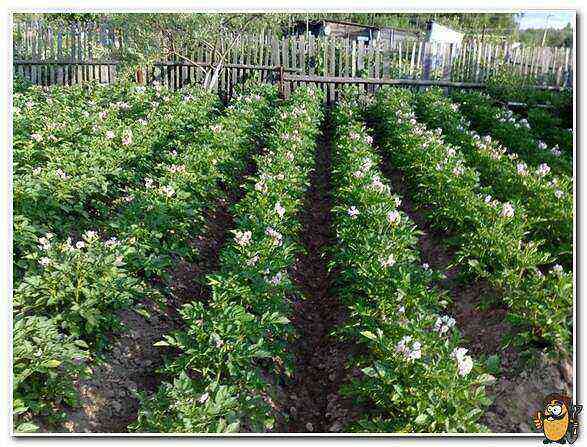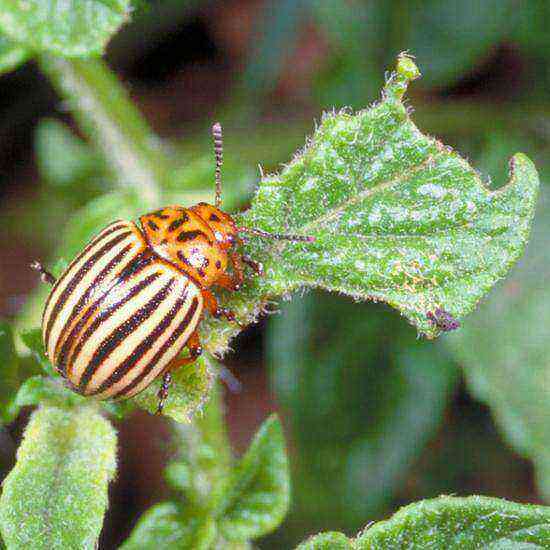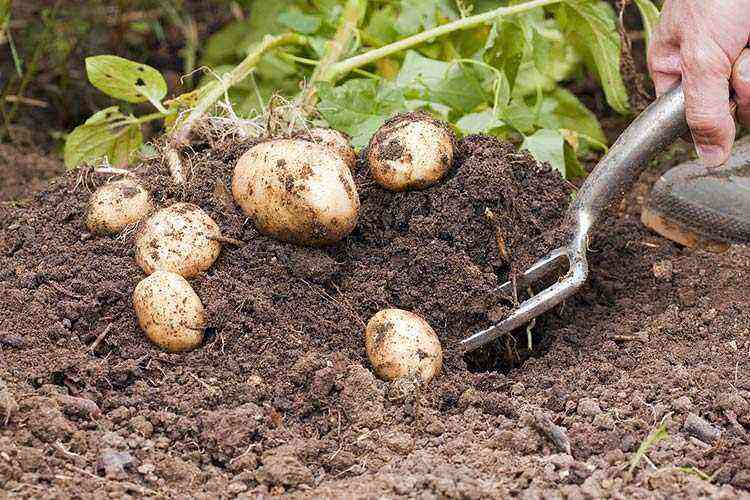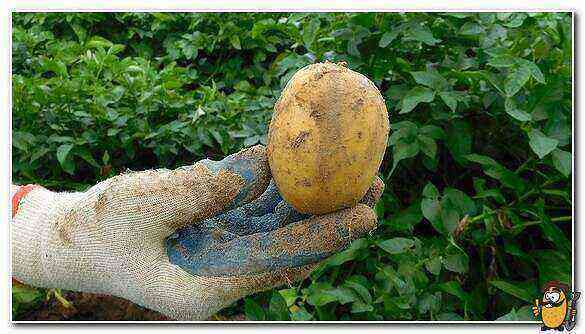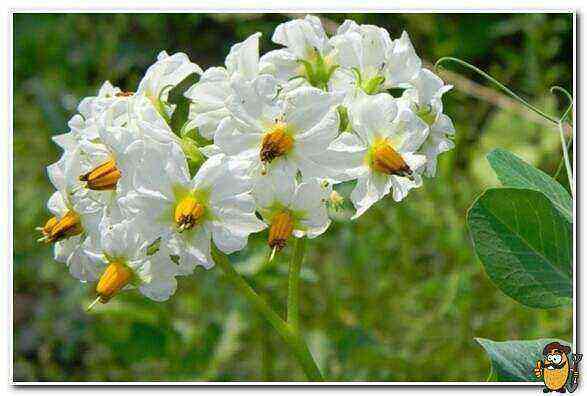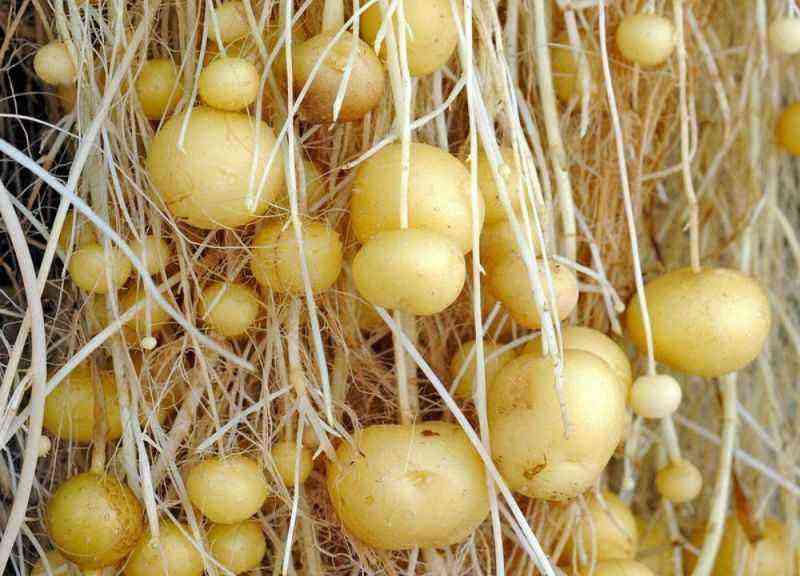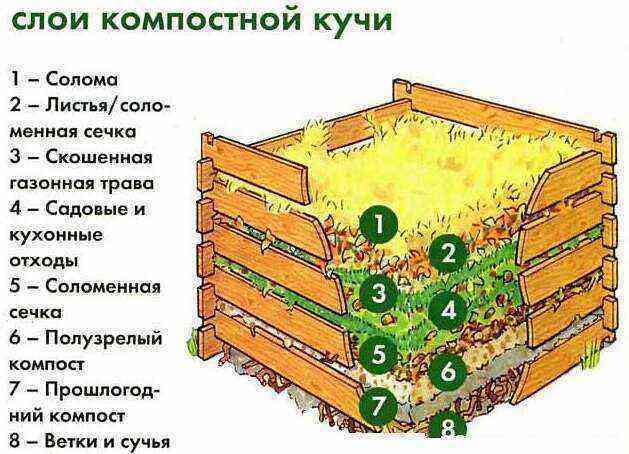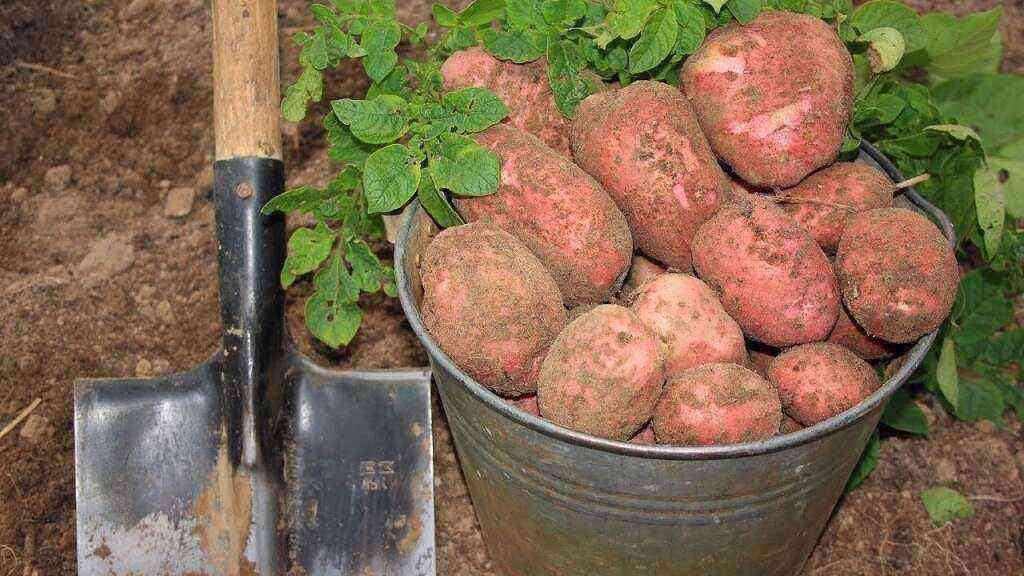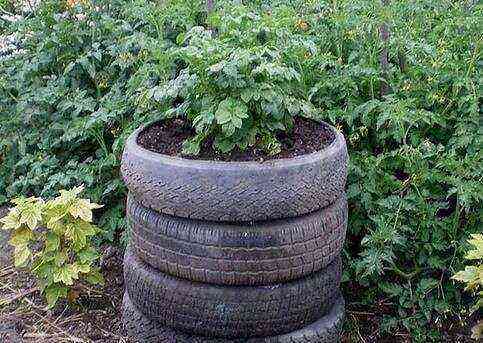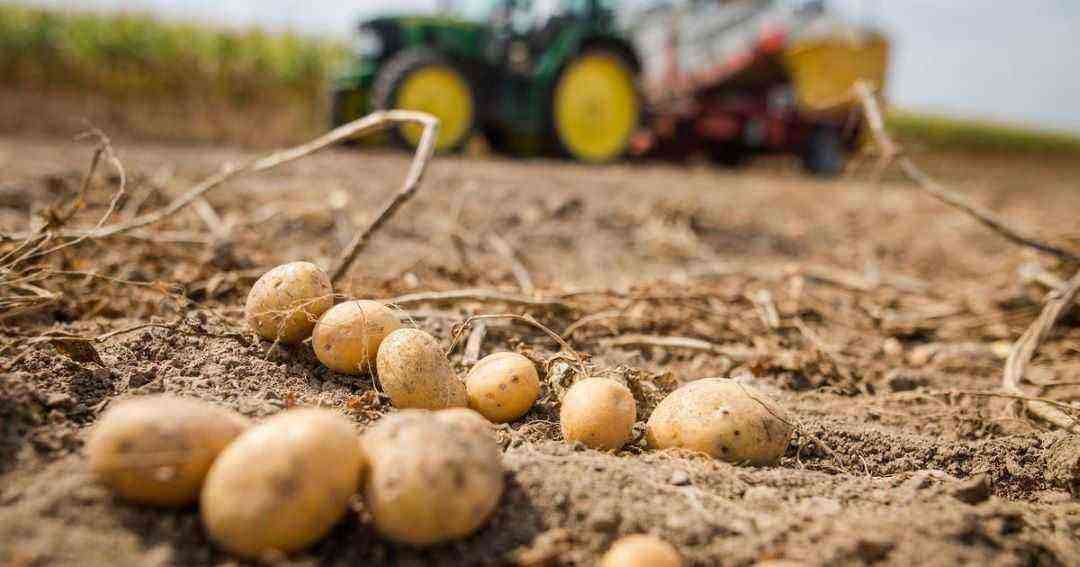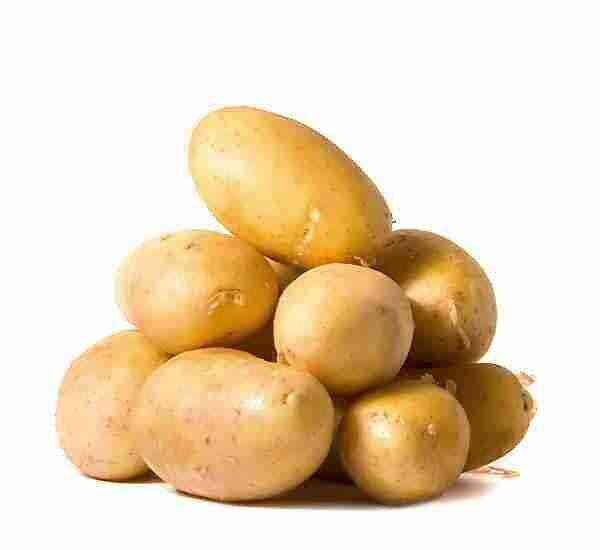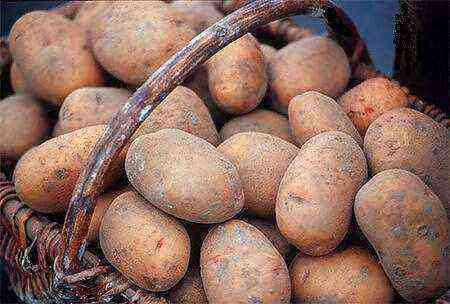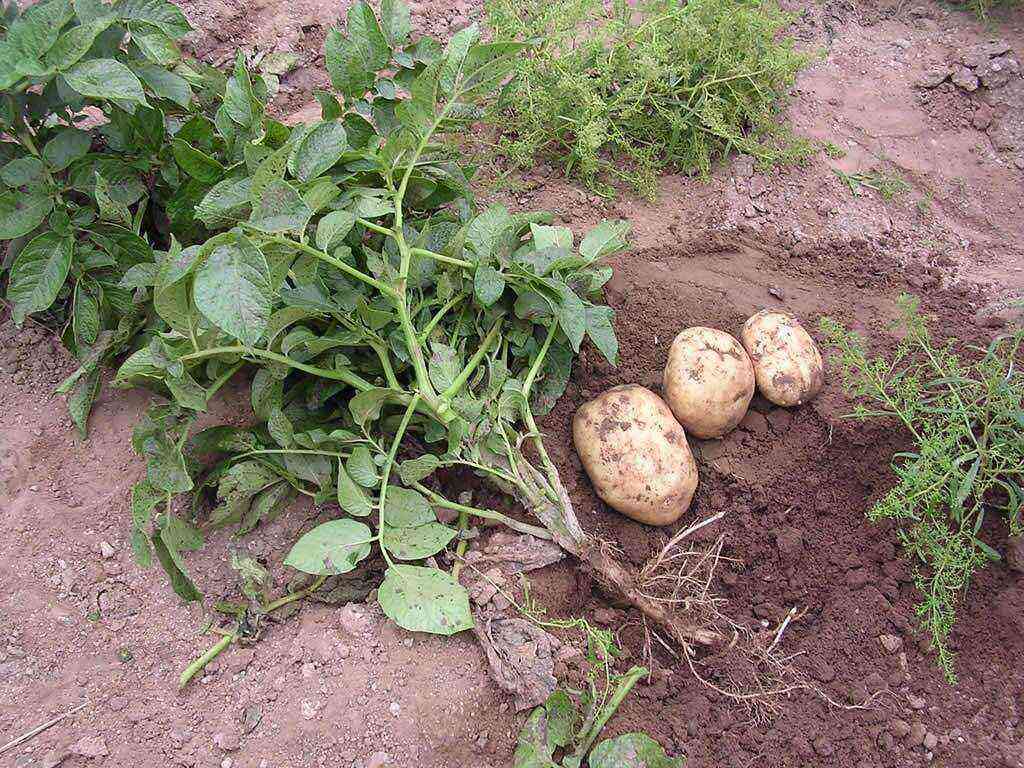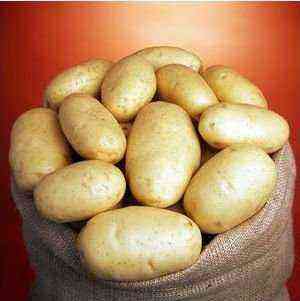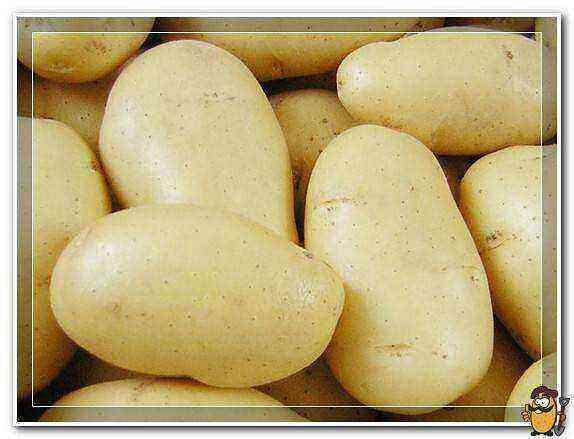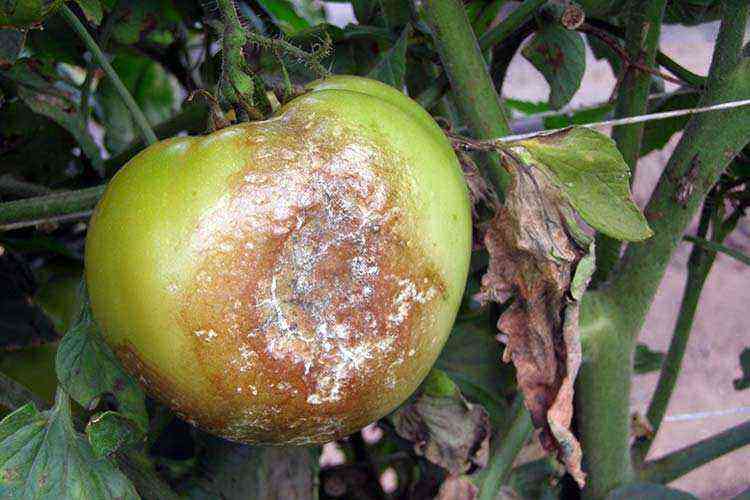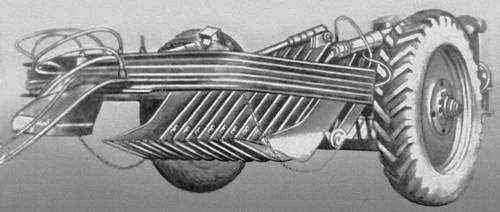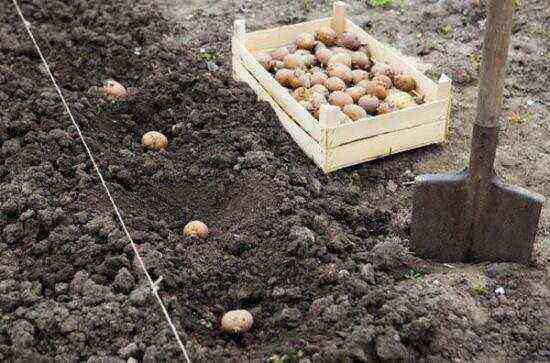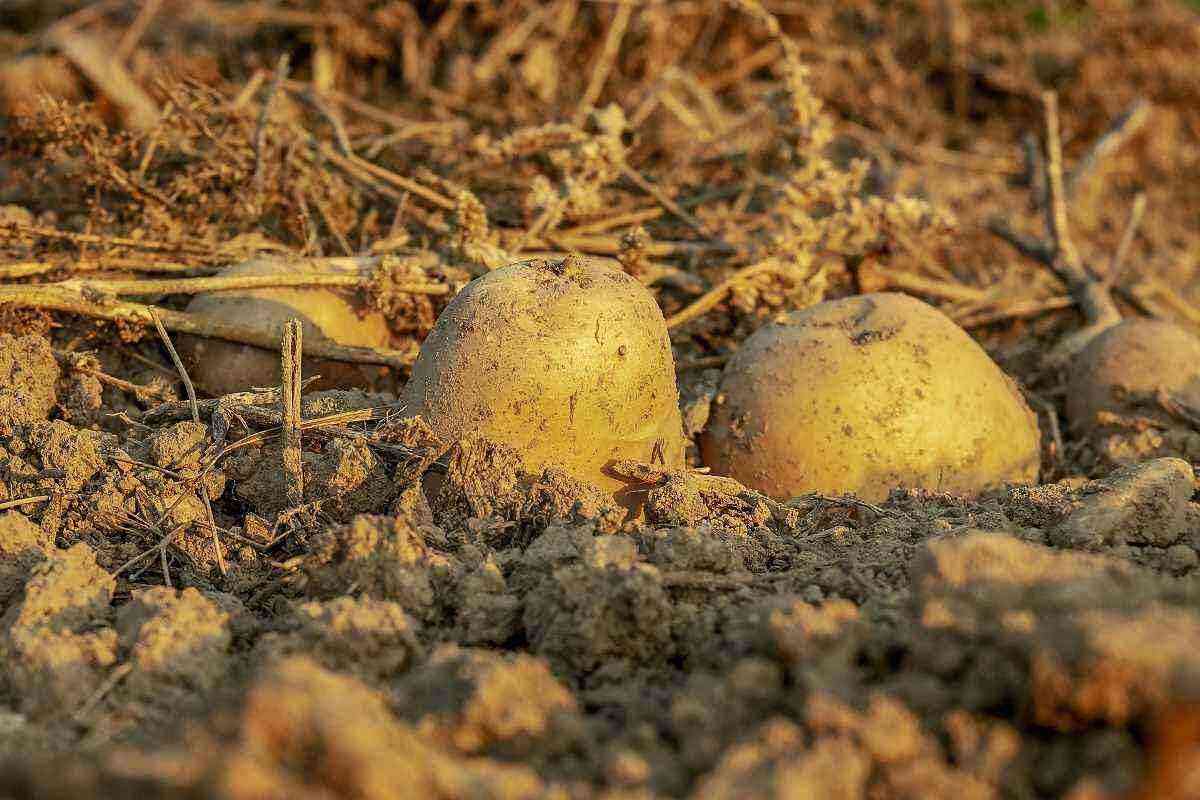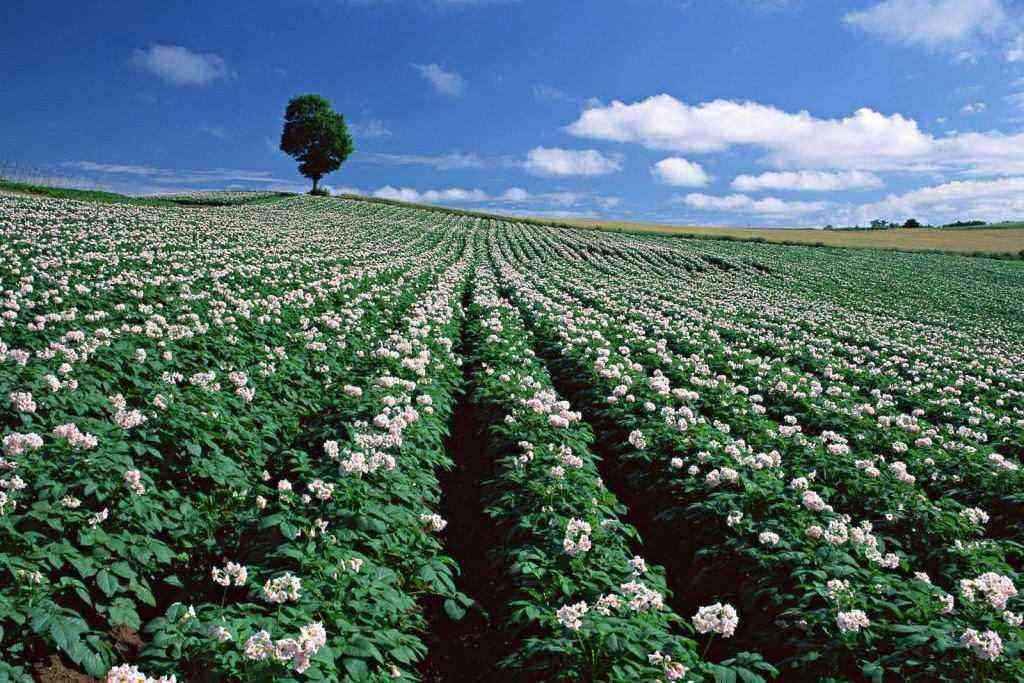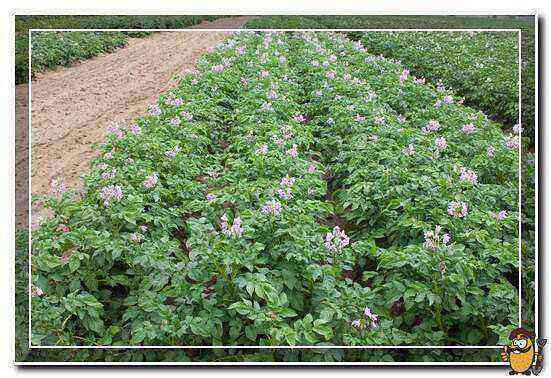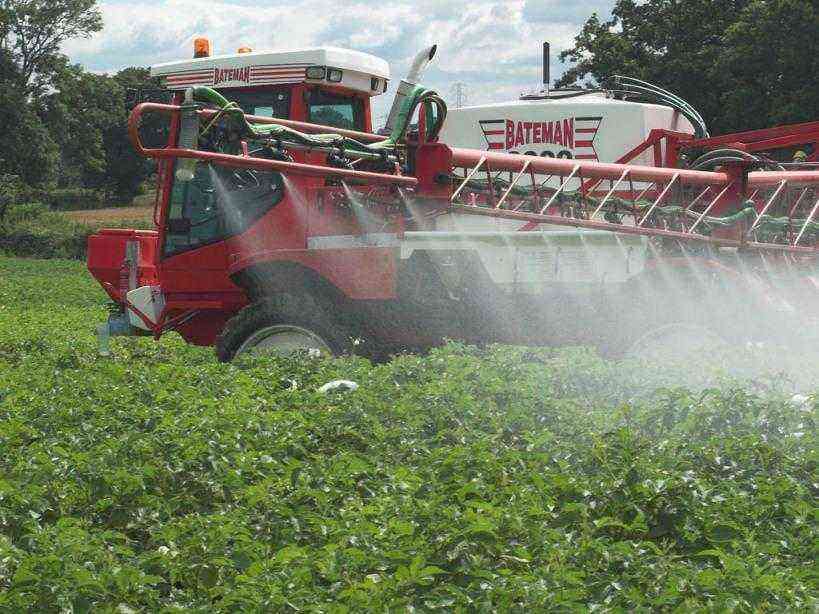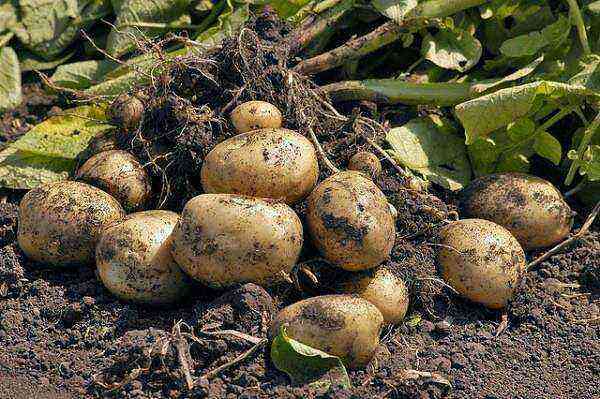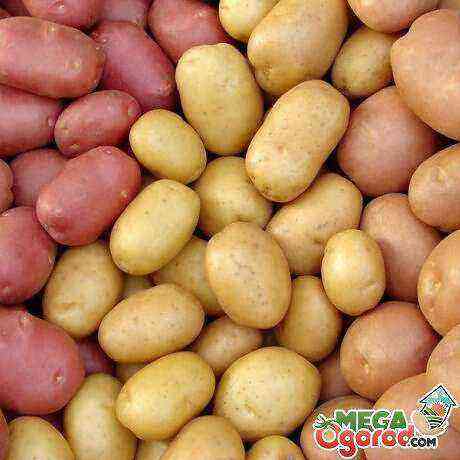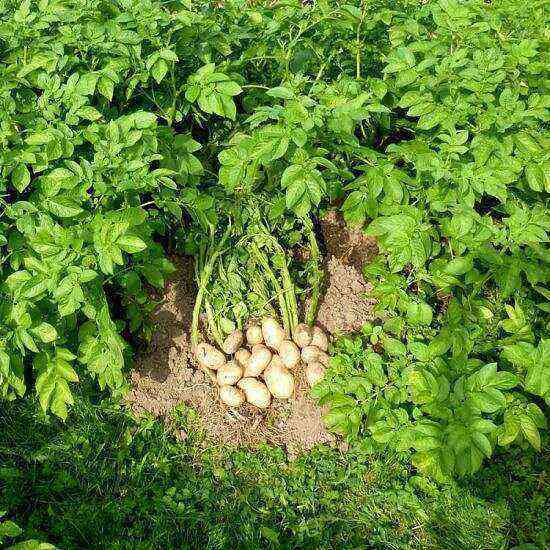During flowering, an intensive formation of tubers occurs, the number and size of which largely depends on the conditions under which the flowering bush grew. During this important period, potatoes need watering, feeding and protection from Colorado beetles. We will consider all three aspects of care, and also separately analyze the cases of why potatoes do not bloom or flowers appear for the second time in a season. This often depends on the variety, but sometimes the intervention of a gardener is required.
Features of flowering potatoes. Man only needs tubers. Even tops, which absorb a lot of nutrients from the soil, are perceived as a necessary addition that has to be endured. What can we say about flowers: they do seem like useless parasites, eagerly drawing out all the best from the plant. So the theory was born that you can significantly increase the yield if you remove the flowers and upper leaves during the budding period.
But potatoes are a complex living organism with their own breeding program, for which tubers are just a backup option for preserving the population. The bush reacts to the removal of buds and upper leaves as a threat to existence.
The injured plant will either be ill in a mild form, or it will form even more buds to make up for the loss. Naturally, the new flowers necessary for the development of trace elements will be taken away from the tubers. A classic situation in which the avaricious pays twice. New buds will not appear if you remove already pollinated flowers. But then the procedure does not make sense at all, since the flowers have already absorbed useful substances.
There is another danger. On the potato field there is sure to be at least one diseased bush. Cutting buds and leaves, the gardener does not disinfect tools and gloves after processing each plant, therefore, through open wounds on the shoots, it infects them with fungal infections. So because of the desire to slightly increase the crop, you can lose a significant part of it.
In addition, it was experimentally established that one or two more tubers are actually formed on bushes with removed flowers than on plants that have naturally bloomed. But if the bushes are not injured, the potatoes grow larger and have a more regular shape.
It is advisable to remove the buds only when growing a rare variety for planting material, when the number of tubers is more important than their size.
Potato flowering rate
If you see abundantly flowering bushes – most likely in front of you – any of the old proven varieties. Recently, breeders have bred varieties that bloom very little or even lack flowers. Ovaries on such bushes are extremely rare. For example, the superearly varieties of Rocco and Mariella do not bloom. Variety Spring in a dry summer may also not bloom, and with normal humidity it blooms very quickly. Bushes planted in the shade do not bloom well.
Potato bloom does not directly affect the formation and growth of tubers, but the absence of flowers often indicates that the gardener made a mistake and the crop is at risk.
In addition to the characteristics of the variety and the shading of the plot, there are two more reasons why potatoes do not bloom:
- plants lack moisture. If irrigation is not urgently organized, tubers under the ground will no longer form and will not grow, as a result, the harvest harvested in the fall will be scanty;
- in the soil – excess moisture and nitrogen fertilizers. In this case, the powerful stems lie down instead of being covered with buds. It is necessary to stop watering, cut off the tops of the tops (about a quarter of the length of the stems), then add ash to the soil (a glass for 1 linear meter of the garden), loosen the soil and slightly huddle the bushes.
In wet weather, after a long drought, it occasionally happens that the potato blooms a second time. The fact is that due to the heat, the tubers cease to grow in size, and when heavy rains come, the “second spring” comes to the potato and the bush is trying to make up for lost time. Watering is better prevention of this problem. Also, the bushes from which the buds were removed can bloom repeatedly.
Watering potatoes during flowering
During budding and flowering, potato bushes need moisture. If there is no rain, then when the first buds appear, water the plants abundantly: at the rate of at least 3 liters of water per bush. The need for watering is easy to determine: it is enough to touch the ground at a depth of 5-6 cm from the surface. If it is wet, it is better to postpone watering, since excessive dampness can damage young tubers.
Potatoes are watered in the morning or in the evening. On the second day after this, you need to loosen the soil and spud the bushes, so that the roots will receive not only water, but also oxygen. Two weeks later, if the soil dries again, you can water the beds again.
In dry weather, after watering, it is advisable to cover the ground with mulch: dry hay or straw. The procedure does not take so much time and effort, but you do not have to worry about the fact that in the fall, the dug up tubers will be small or cracked.
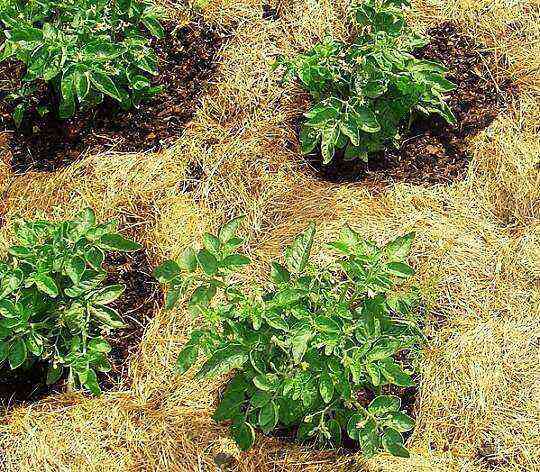 Mulching is a great way to protect shrubs from drought.
Mulching is a great way to protect shrubs from drought.
Topping flowering potatoes
Emerging tubers need enhanced nutrition. Typically, two basal top dressing of potatoes is carried out during flowering:
- at the beginning of budding, in order to accelerate flowering (a mixture of 3 tablespoons of ash with a teaspoon of potassium sulfate is added to the soil for one running meter of the garden);
- 4–5 days after the start of mass flowering, in order to accelerate the growth of tubers (2 tablespoons of superphosphate – for one running meter of the garden).
Also at the beginning of budding, foliar top dressing can be done. Approximate options for 10 liters of water (per one hundred square meters of potato field):
- 30-40 g of urea;
- 50 g of potassium sulfate;
- 10–20 g of ammonium nitrate;
- mix 2 g of copper sulfate, 10 g of potassium salt, 40 g of ammonium nitrate, 200 g of superphosphate.
Protecting flowering potatoes from Colorado potato beetles
The problem is that potatoes during flowering should not be sprayed with chemicals to combat Colorado potato beetles. Pests will have to be destroyed manually. In addition to mechanical collection in a bucket, folk remedies will help:
- sift a kilogram of ash, mix with 10 liters of water, boil, when it cools down – add 40-50 g of household soap crushed on a fine grater;
- powder the bushes with corn flour.
Any of these funds can be used approximately every 7-10 days. If there are too many pests, flowering potatoes should be sprayed with a biological product. Suitable, for example, “Bitoxibacillin”, “Akarin” or “Fitoverm”.
Potato care after flowering
When the potato blooms, it is impossible to water the bushes: excessive humidity is a favorable environment for the development of late blight. Feeding is also not necessary.
While the tops are green, they are sprayed several times with some folk remedy for Colorado potato beetles. Strong chemicals can be used no later than 2 months before harvesting. Therefore, such funds are suitable only for later varieties.

